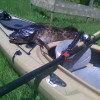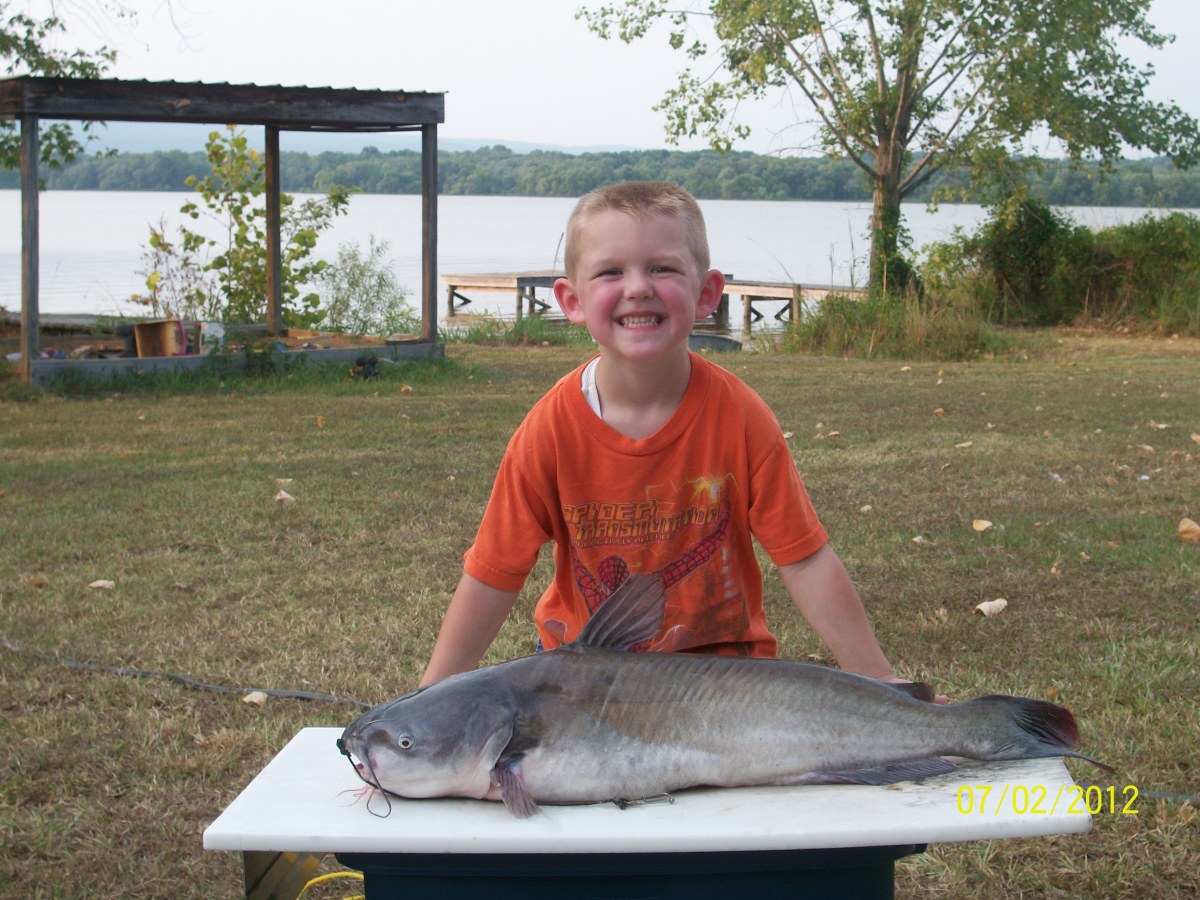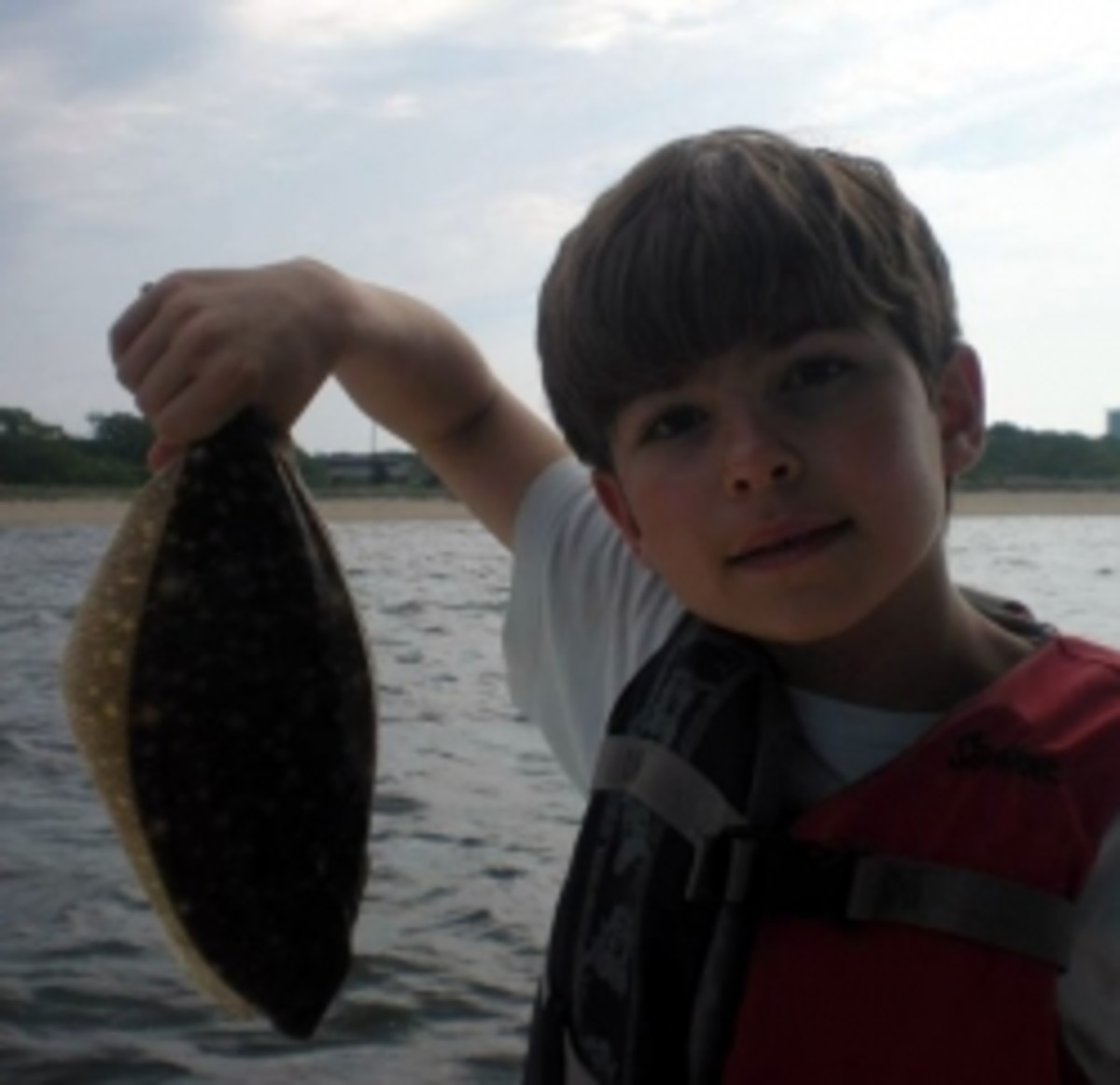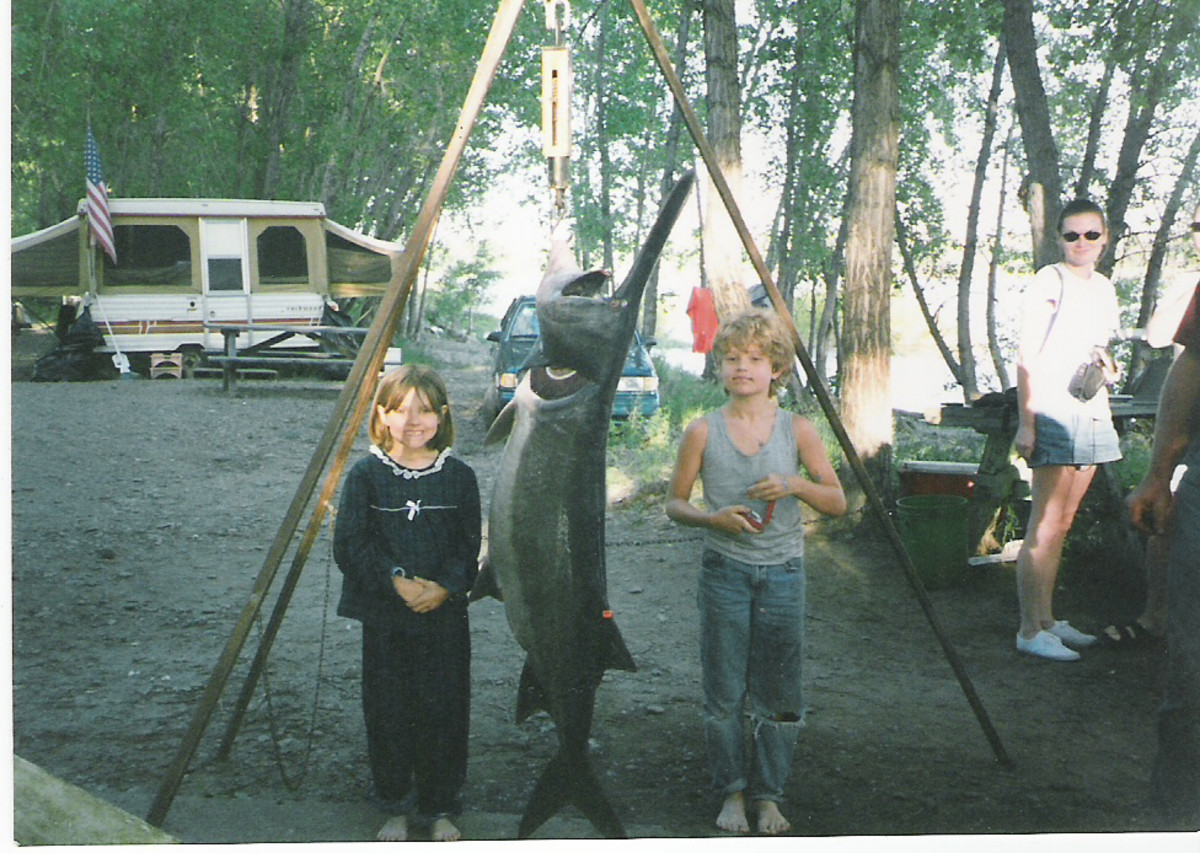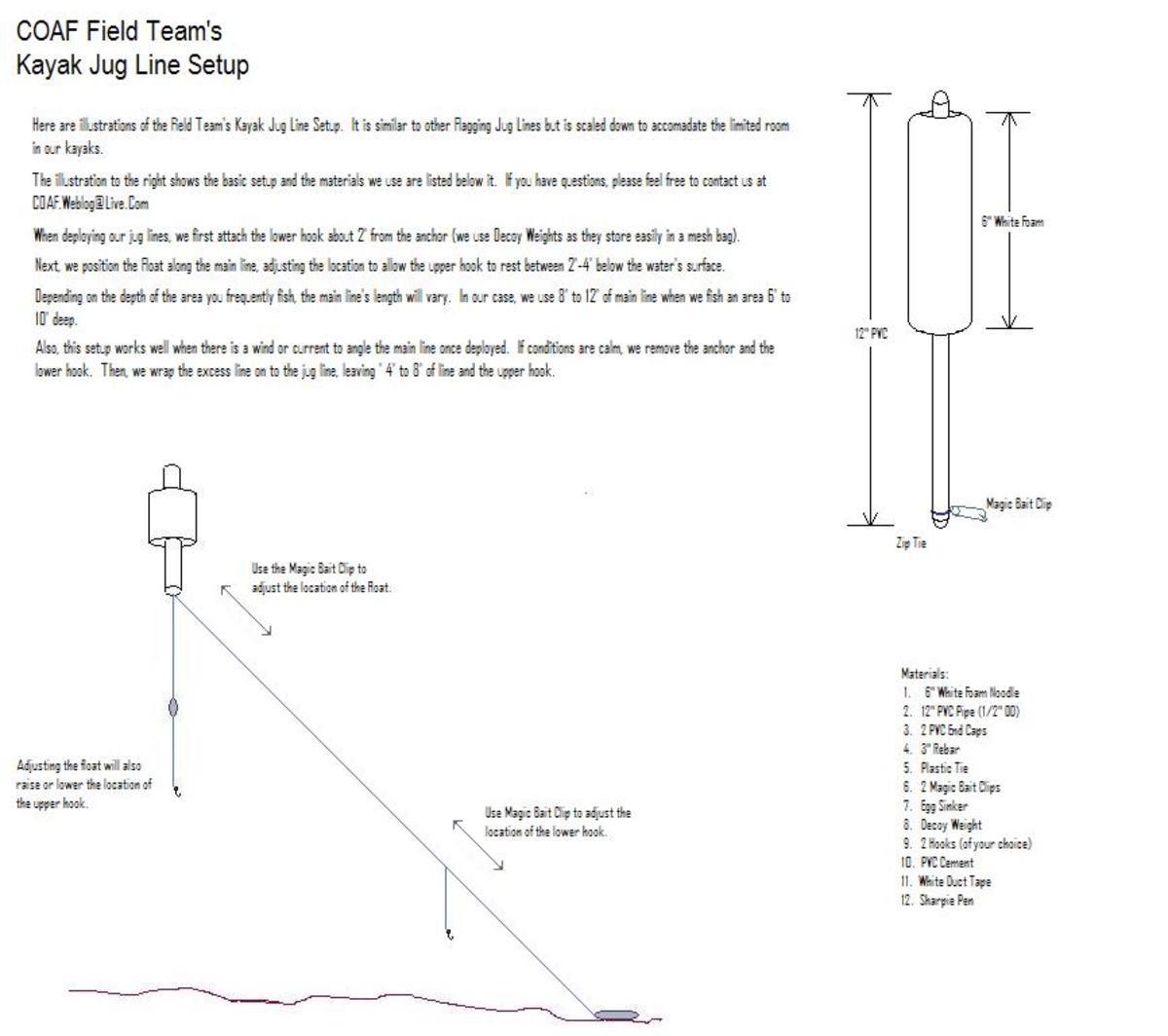Fishing Secrets Part 1: Increase Your Catch!
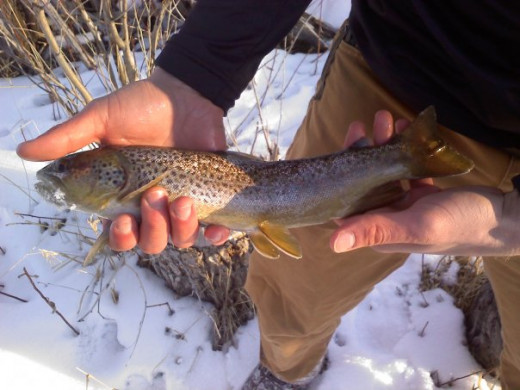
Catching You More Fish
They say that 10% of the fisherman catch 90% of the fish, and the more time I spend on the water, the more I believe this. Truth is, I don't believe that there are many true "secrets" in the fishing world. So before you go out and buy some e-book claiming to "Fill Your Boat In 5 Minutes" or turn over your credit card number for "The New Revolutionary Banjo Minnow" or even get talked into hanging a green lantern off the side of your boat, read through this hub.
These will mostly be common knowledge to the more experienced angler, as its what they've been doing to catch fish for years, but possibly worth the review anyway.
If however you're new to the game, read up, take note, and I promise you will catch more fish.

1. Good, Sharp Hooks
This one should be a no brainer, but I've watched people miss strike after strike, curse, and continue to throw the same lure with the same dull hook back into the river. The most important factor in converting strike to fish in not how hard you set the hook, but how sharp your hooks are. In fact, if your hooks are sufficiently sharp, a hook set is not always necessary.
There are a basically two ways to go about this: either sharpen the hooks, or replace them. For bait fishing, it is generally easier to just swap hooks. For lures, swapping hooks can be somewhat more tedious, and sharpening them may be an easier approach. When sharpening hooks, keep in mind that most are hardened to help keep their initial point, and not designed for sharpening. It is possible to give a hook a little extra life, but it eventually, you should replace it.
So how do you know if your hook is getting dull? My sharpness test involving dragging the point across my fingernail. If it doesn't grab, its dull. Test number two is missed strikes. If you consistently fail to set the hook, chances are you need a sharper hook.
My suggestion on brand? Gamakatsu, Vision, Mustad, Owner, in no particular owner
Good References
2. Know Your Knots
There are few things more frustrating than losing a fish, especially a nice one. I've lost my fair share. Some of these I can blame on unavoidable causes, like barnacles, but some admittedly were due to poorly tied knots. To paraphrase the common phrase, your line is only as strong as your weakest knot. Almost every knot you tie will have a breaking strength of less than the line itself. The knot causes stress concentrations in the line, causing it to fail sooner. Most fishing knots operate on the premise of distributing the load throughout the knot. Sure 5 or 6 overhand loops might not slip, but it doesn't mean it will preform well under load.
My advice, learn a few basic knots, and practice them. Number one, hand down, is the Uni-Knot, and Double Uni-Knot. Other ones to know are the Fisherman's Knot, Perfection Loop, Surgeon's Loop, the Nail Knot, and at least one Snell Knot. Once you have those down, take a swing at the Spider Hitch or Bimini Twist just for fun.
Other things to keep in mind:
Not all knots preform equally with all line type, particularly braid. Test all knots before betting a fish on it. (Uni-Knot works great with braid)
Always lubricate knots before snugging them tight to avoid "burning" the line.
There are plenty of knot tutorials online, but stay tuned, I'm going to get some of my own videos up here soon.
Whats your favorite line to line knot?
3. Read The Water
Unfortunately, this one can't be taught in a few hundred words. It takes practice. What you can come away from this with is don't just cast to the first open water you see. Most of the fish in a lake or river will hole up, around key features. Some of these will be visible from above water, like eddies, fallen trees, points, etc, while others are harder to find, like reefs, ledges, and underwater springs.
With enough time on the water, you will start to notice patterns of what areas produce the most fish.
On rivers and streams look for: large boulders, deep pools, undercut banks, overhanging vegetation, eddies, islands, forks, inlet streams and waterfalls.
On lakes and ponds look for: weed beds, fallen vegetation, islands, points, bays, inlet and outlet streams and docks. If you have a sonar unit, look for reefs, ledges, drop offs, sunken structure, and if possible the thermocline. Update! For more information, check out my hub on Reading Fresh Water Lakes, with a Quiz to test your skills!
On saltwater look for: flotsam, current lines, jumping baitfish, and circling or feeding birds. With sonar, look for structure similar to the freshwater structure suggestions.
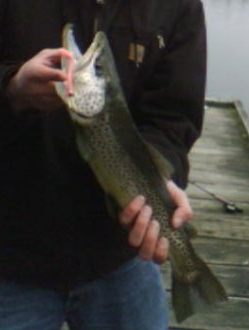
4. Know The Fish
With a few exceptions, fish are not caught by accident. Powerbait only works miracles until you try to catch bass with it. I'd also field a bet that only a limited number of catfish have been caught on topwater poppers.
You don't need to be an expert by any means, a relative familiarity with your target will do for now. While some information is online, with some better than others, there is no replacement for local knowledge, as fishing trends vary greatly from one place to the next. The best option is local guides. They will show you the rigs, put you on the fish, and answer most questions you have. The downside? Guides are usually pretty pricey. Option two is a local fishing shop. Coming from a fishing gear retailer, there is nothing we love more than helping put customers on fish. Furthermore, we talk to fishermen all day, hear all the reports, see the pictures; we know whats working and what isn't. So swing by your local shop, ask away, buy a lure to make it worth their time, and hit the water with the inside knowledge.
5. Use Scent Liberally
Its rare that I ever go fishing without using scent of some sort. There are two schools of though with scent. One is that the scent attracts fish. The other is that the scent simply masks any human odors on bait or lure. Regardless of which is actually the case, its hard to argue that it helps.
When to use:
Rub a little into your hands when tying rigs to pre-scent them
Add, and reapply to any baits or lures for added effectiveness
When not to use:
In some states, adding scent to a lure qualifies it as bait, so if bait is illegal in a particular water, scent it illegal as well
Avoid using scent with any dressed lures, as the oil will mat the dressing fibers and kills the action.
If reflectivity is important, avoid applying scent to reflective surfaces of lures, it will dim them.
If you have a date later that night.

